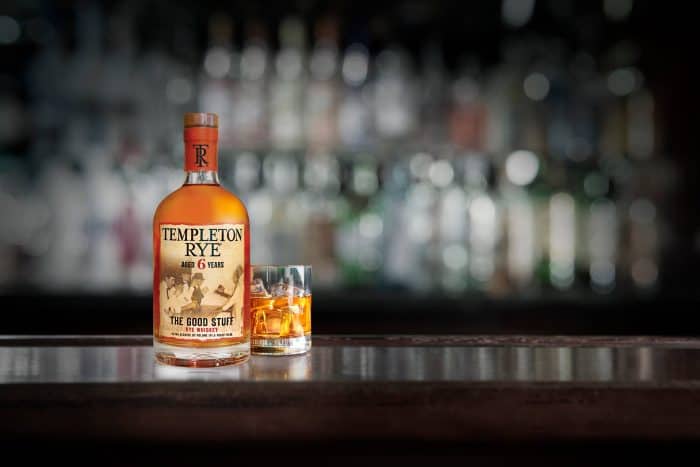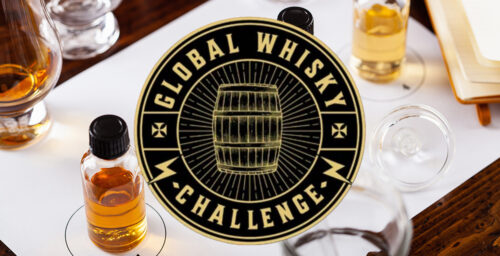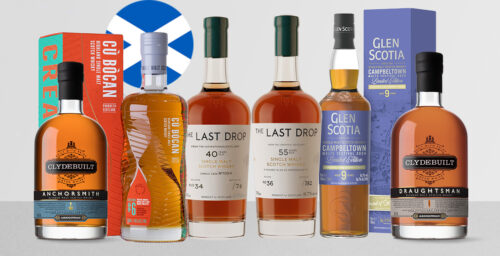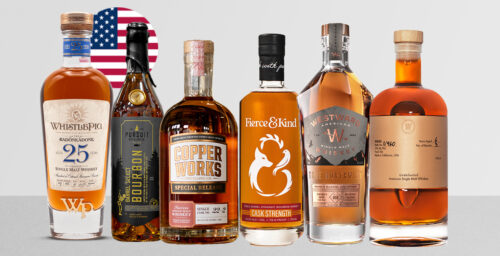Until about 10 years ago, rye whiskey was a minor category. In 2009, about 88,000 cases of rye were sold, generating about $15 million in revenue. By 2014, we were buying more than 560 million cases, generating $106.4 million in revenue—growth of more than 600%. Why the resurgence? Most analysts blame cocktail culture, but rye also rode the building wave of interest in bourbon, its closest kin. Whatever happened, it looks like it’s here to stay—rye whiskey sales are still growing, with no signs of slowing down anytime soon.
Let’s start with the basics. According to the Federal Standards of Identity, rye whiskey is defined as “Whisky produced at not exceeding 80% alcohol by volume (160 proof) from a fermented mash of not less than 51 percent rye and stored at not more than 62.5% alcohol by volume (125 proof) in charred new oak containers.” In practice, that translates to a bold, spicy spirit, frequently with a firm oak influence.
That 51% rye requirement is, of course, the minimum amount of rye grain that rye whiskeys must contain. Many contain much more, although most mainstream rye whiskeys are right near that 51% mark. Sazerac Rye is reportedly 51% rye, 39% corn, and 10% malted barley – only a double handful of percentage points away from being bourbon. Rittenhouse, another popular national rye, is likewise reported to contain 51% rye, with a slightly lower percentage of corn (37%) and a bit more barley (12%). Many other ryes from big bourbon brands like Wild Turkey, Jim Beam, and Buffalo Trace also skim at or near that 51% mark. Distilled on a continuous column and aged in new charred oak casks, they’re made in much the same way as bourbon, and they taste like it, too.
Then, there are a number of rye whiskeys made with a much higher percentage of rye. MGP produces a rye mash that’s 95% rye and 5% malted barley, which is widely used in the craft and non-craft markets—Bulleit Rye, George Dickel Rye, Redemption Rye, and Templeton Rye are some big brands, but there are dozens more. Basically, if you see “95% rye” on the bottle, the odds are good you’re holding MGP juice. A flavor of the final product depends in large part on how it’s aged, but many people get a warm, spicy, cinnamon-pepper flavor from MGP rye, and I often notice a signature note of dill.
Many craft distilleries also opt to use mash bills that include more than the minimum 51% of rye. Notable craft high-rye ryes include Dad’s Hat (80% unmalted rye, 15% malted barley, 5% malted rye), Corsair’s Ryemageddon (80% malted rye, 20% unmalted chocolate rye), and Few Spirits’ Rye (70% rye, 20% corn, 10% malted barley), among many, many others. There are even some rye single malts made with 100% malted rye, including Old Potrero and Old Pogue Five Fathers Pure Malt Rye. Predictably, the flavors of craft rye whiskey varies dramatically, from light and herbaceous to intensely spicy.
North of the border, you’ll find yet another kind of rye. In Canada, the word “rye” is often used to describe any kind of Canadian-made whisky, no matter how much rye it does or does not contain—and some Canadian whiskies contain no rye at all. However, many do, and there are even some made from 100% rye called “flavoring spirit.” Normally used in small quantities to add oomph to Canadian blends, some Canadian brands (and a handful of American ones, too) have started releasing bottles of just flavoring spirit, to delicious results. Lot No. 40, many of WhistlePig’s releases, and Lock Stock & Barrel are all examples of 100% rye Canadian whiskies. Deeply complex with a sweet, earthy, spicy quality, they can sometimes remind people of root beer.




